Northland Center: The Idea Becomes Ground
Victor Gruen arrived in Detroit in 1948 with a plan that few could imagine. He proposed building a suburban center around a Hudson's store.
At the time, Hudson's ruled downtown Detroit with a 25-story flagship that covered an entire city block. The suburbs were still open fields.
Gruen believed a new kind of shopping place could serve the growing families leaving the city and driving along Eight Mile each morning.
In 1951, he formed Victor Gruen Associates to design what he called a regional shopping center.
It would combine stores, plazas, and art. The J.L. Hudson Company agreed to back the idea.
The site was chosen soon after: 159 acres of mostly vacant land in Southfield Township, about ten miles from Detroit.
It sat where Greenfield Road, Eight Mile Road, and Northwestern Highway met, easy to reach by car.
Ground broke on May 7, 1952.
Construction began on a complex of open-air retail blocks, an underground tunnel system, and a central Hudson's rising four stories.
Nine million pounds of steel went into the project.
Gruen's goal was simple but radical. He wanted a place where suburban life could meet city order.
Within two years, the field would become Northland Center.
Opening Day and the First Crowd
On March 22, 1954, thousands of people gathered at the new Northland Center as music played through loudspeakers across the courts.
The open-air mall stretched more than a million square feet around a four-level Hudson's store that stood like a city block of glass.
Parking lots for over seven thousand cars filled before noon, forcing attendants to guide traffic across the wide asphalt fields.
Northland opened with sixty-seven stores and services, from Kroger and Sanders to Baker's Shoes and Big Boy.
Within months, eighty-one tenants filled the concourses.
Beneath them ran a tunnel system where trucks delivered goods unseen by shoppers.
Every storefront was air-conditioned. Escalators linked the upper and lower levels.
Courtyards held fountains, lawns, and more than eight thousand trees and shrubs planted for shade.
Recorded music floated above the shoppers as they crossed from Hudson's to the inlines.
The scale of it startled Detroit. Hudson's suburban branch alone sold eighty-eight million dollars in its first year.
Newspapers called Northland "the Shopping Center of Tomorrow." Families came for groceries or gifts and stayed to wander among sculptures and gardens.
The Lost Car Department patrolled in white jeeps, returning customers to their vehicles in a landscape built for postwar dreams.

Art, Growth, and Suburban Boom
Marshall Fredericks' sculpture "Boy and Bear" soon became the heart of Northland Center.
Shoppers paused to watch the gold-plated boy perched on the bear's back.
Around him, birds and animal figures by other artists stood beside fountains and benches, softening the long concrete lines of the courts.
Victor Gruen had wanted public art to make the new shopping city feel humane, and for a time it worked exactly as he imagined.
By 1958, the farmland around Northland was no longer empty.
Southfield incorporated as a city that year, its population tripling within a decade.
Families moved into new subdivisions and drove to the mall each weekend, their cars filling the ten marked parking sections from A through J.
When the Lodge Expressway was extended to the spot in 1962, travel to Detroit became easier than ever.
Hudson's branch store in the suburbs stayed busy despite the gradual decline of the central city's retailers.
Developers from coast to coast adopted the idea, building Eastland, Westland, and Southland Centers in the Detroit area along with countless copies nationwide.
Architectural Forum called Northland Center "a classic in shopping center planning."
Through the 1960s, its courts and sculptures stayed busy, a public square built for cars and families that had already changed how America shopped.
Roof Over the Courts
By 1974, Northland's open courts no longer matched new shopping habits.
Crews enclosed the walkways, sealing the plazas under glass and steel.
The project added twenty-one stores and reopened in 1975 as a fully enclosed mall with more than a hundred tenants.
JCPenney joined Hudson's as a second anchor, turning the complex into a two-pole retail engine.
Keeping the tunnels and courts from before, the enclosed building blocked off the weather and installed climate control.
Families roll in, park, and spend long hours indoors, shopping and resting without stepping outside.
MainStreet opened its doors in 1985 with a new department store that became a Kohl's by 1989.
The mall added a food court in 1991, made out of smaller storefronts, and welcomed Montgomery Ward in 1994.
Target followed in 1996 on the west end.
At its height in the early 1980s, Northland drew eighteen million visitors a year.
Its escalators, skylights, and murals stood as reminders of an earlier optimism.
The mall had become known as Detroit's mall, busy on weekends and holidays.
Few could imagine the crowds thinning or the anchor lights going dark.
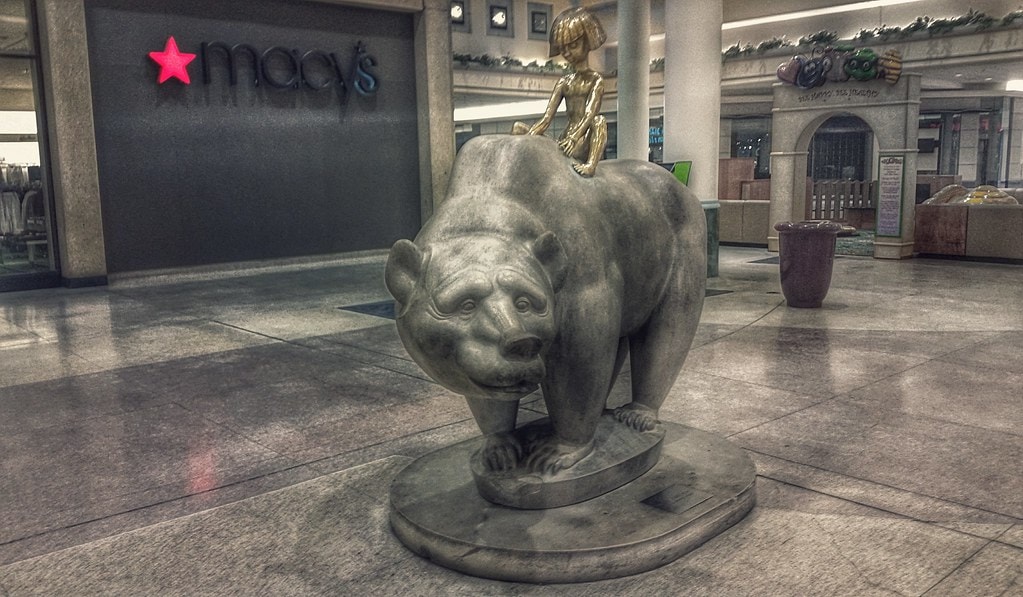
Long Slide Toward Closure
By the late 1990s, competition reached Northland's doors.
Newer malls such as Somerset Collection and Twelve Oaks offered enclosed luxury and drew shoppers away.
Kohl's closed in the mid-1990s, Montgomery Ward in 1998, and JCPenney by 2000.
National Wholesale Liquidators tried the empty Ward space in 2005 but shut down three years later.
Security patrols became part of the routine after reports of gang activity in the 1980s, though incidents eased later.
The damage to reputation lingered.
Ownership shifted repeatedly. GP Northland Center LLC purchased the mall in 2000 at eighty-six percent occupancy.
By 2008, Ashkenazy Acquisition Corporation owned both Northland and Eastland Center, promising renovations that never arrived.
In 2014, Northland was losing a quarter of a million dollars a month.
A default on a thirty-one million dollar loan left unpaid bills piling to three million.
The receiver cited broken systems, leaks, and a failing water tower.
Even Target's renovation in 2007 could not restore momentum.
The once crowded courts stood half empty, the sound of recorded music fading against vacant glass.
Final Closures and City Takeover
Target closed its Northland store in February 2015.
A month later, Macy's locked its doors, exactly sixty-one years after the grand opening.
Without anchors, only a handful of shops remained.
On April 15, 2015, a court order brought the mall's long run to an end.
Judge Wendy Potts called it a difficult decision, noting the place's historic weight.
That October, the City of Southfield bought the 125-acre site for about 2.4 million dollars, clearing a twenty-seven million dollar lien.
Mayor Donald Fracassi said the city could not allow the empty property to blight the community.
Officials planned to demolish most of the mall but save the Hudson's building, the garage, the water tower, and the tunnels.
The Southfield Public Arts Commission acquired eleven sculptures, including "Boy and Bear," which moved to the public library.
In 2017, demolition began, starting with the Target and Firestone buildings.
The city spent up to ten million dollars on cleanup.
That same year, Southfield pitched the cleared land to Amazon as a possible headquarters site.
The bid went elsewhere, but the ground was ready for a new use.
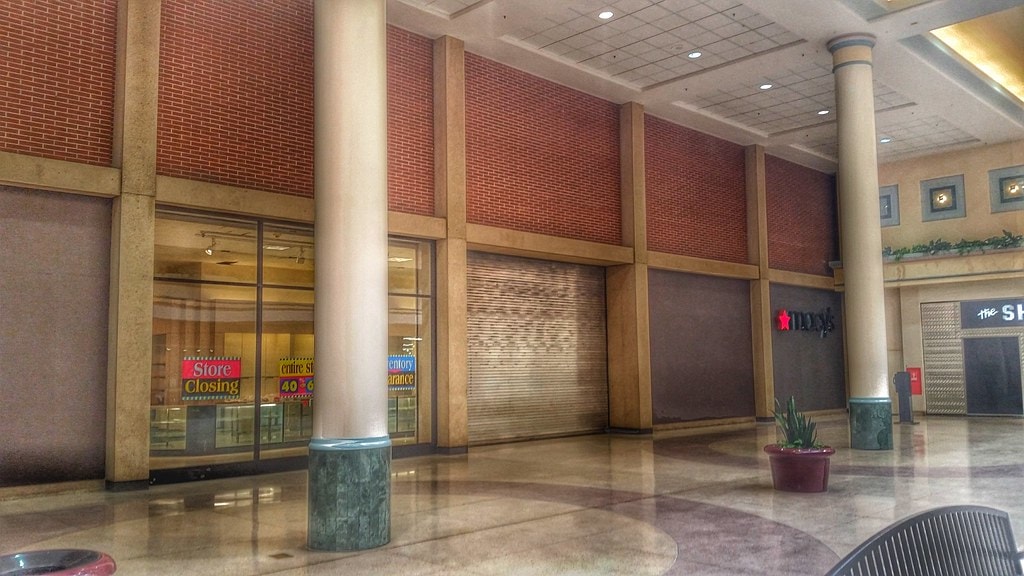
Northland City Center Rises
In July 2021, Southfield sold the property to Contour Companies for 11.1 million dollars.
The deal came with state and local incentives and a plan to reuse what remained of the original complex.
Ground broke that October on a redevelopment called Northland City Center.
Crews began selective demolition but kept the 1954 Hudson's building and five early retail pads. The rest came down.
By 2023, Costco purchased 13.4 acres for Michigan's first Costco Business Center, anchoring the south corner.
Contour announced a four hundred three million dollar mixed-use plan with over 1,500 rental units, retail, and parks.
The Hudson's structure would become Hudson City Market, a 530,000-square-foot mix of dining, small shops, and offices.
Framing for new residential buildings rose along Greenfield Road in 2024, with full completion expected by 2026 or 2027.
Mayor Ken Siver called the project an economic driver for Michigan and a model for other closed mall sites.
After seven decades, the land again filled with steel and noise, its next version already taking shape.
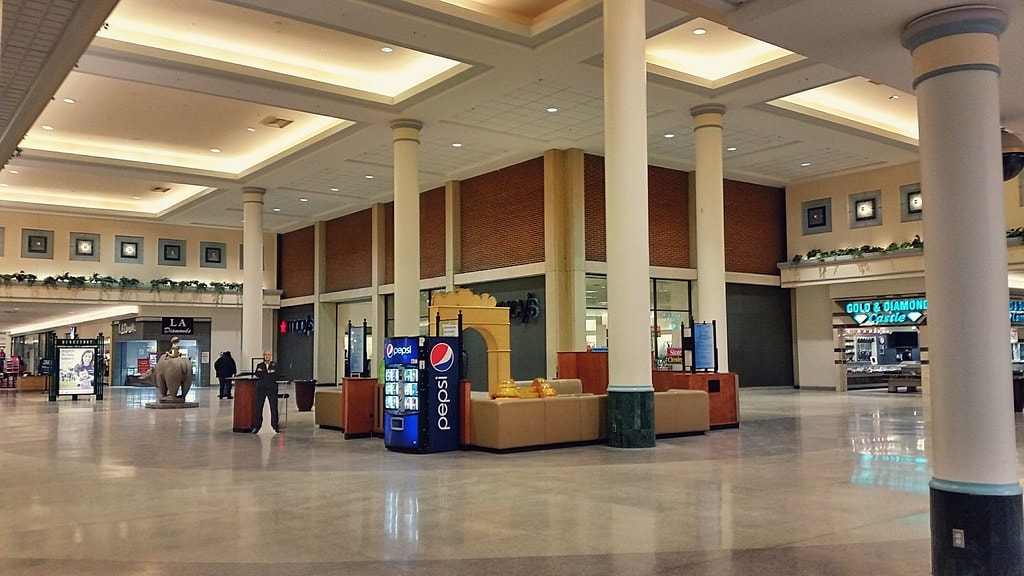

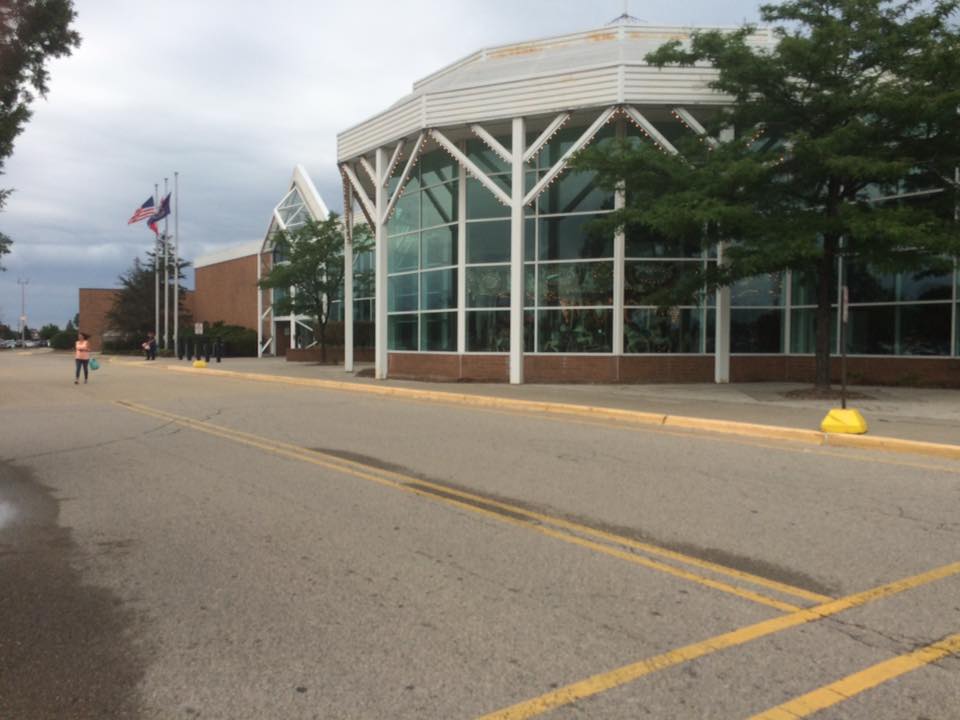
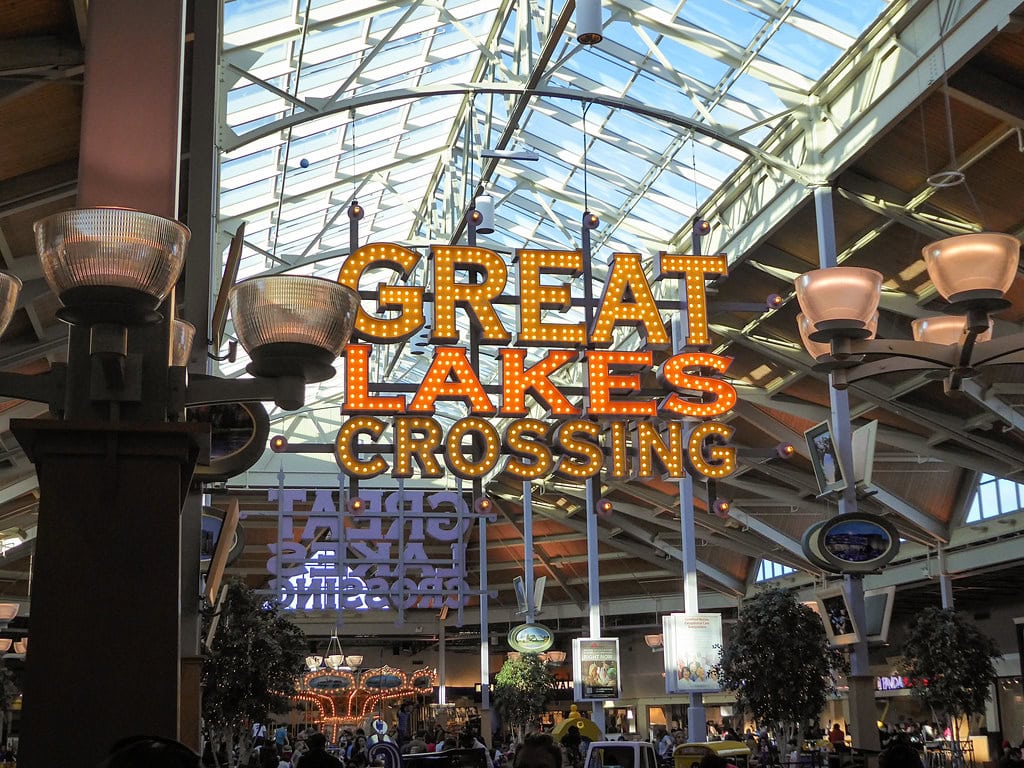
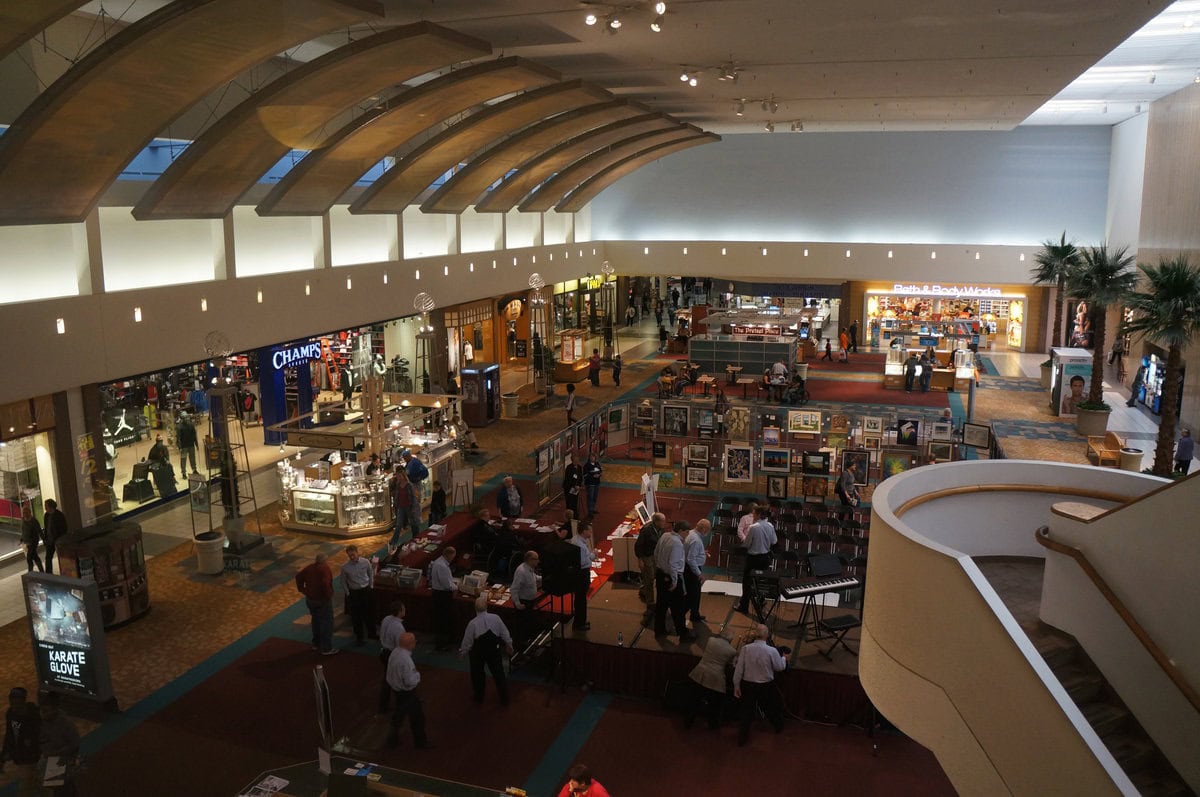
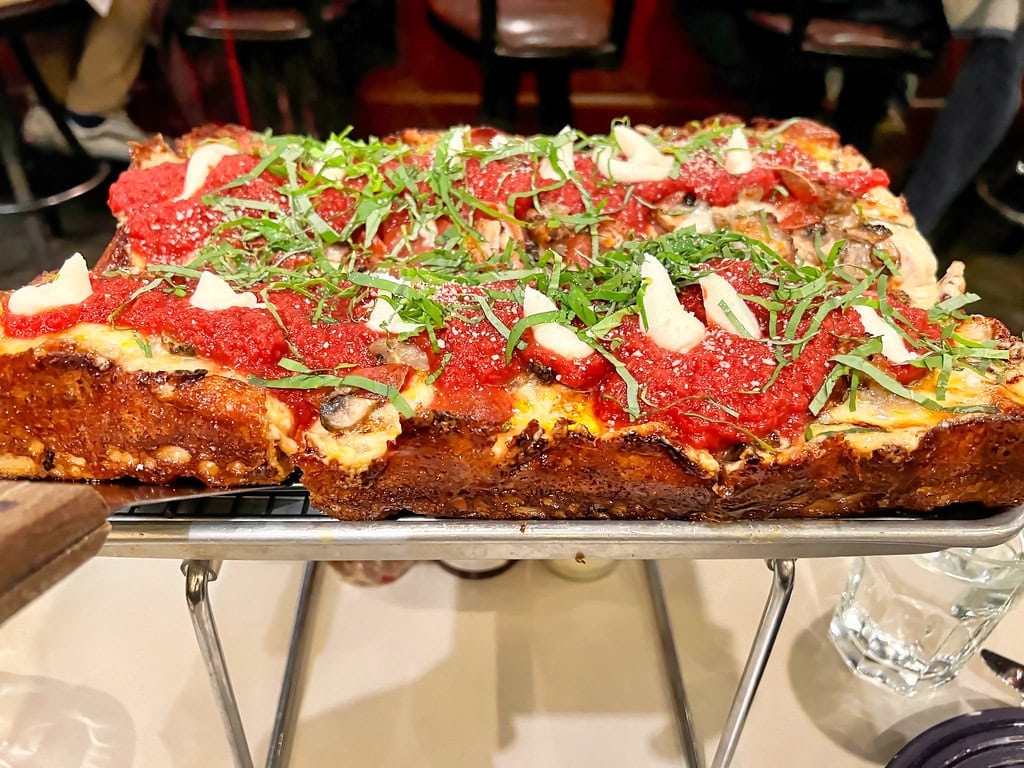
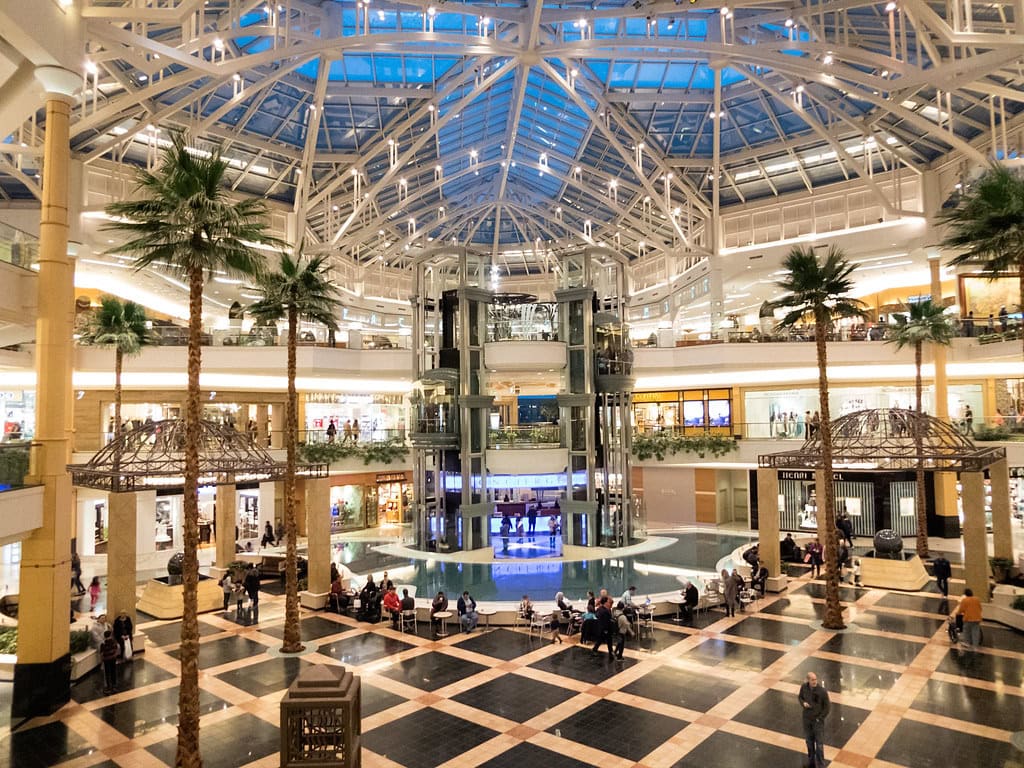
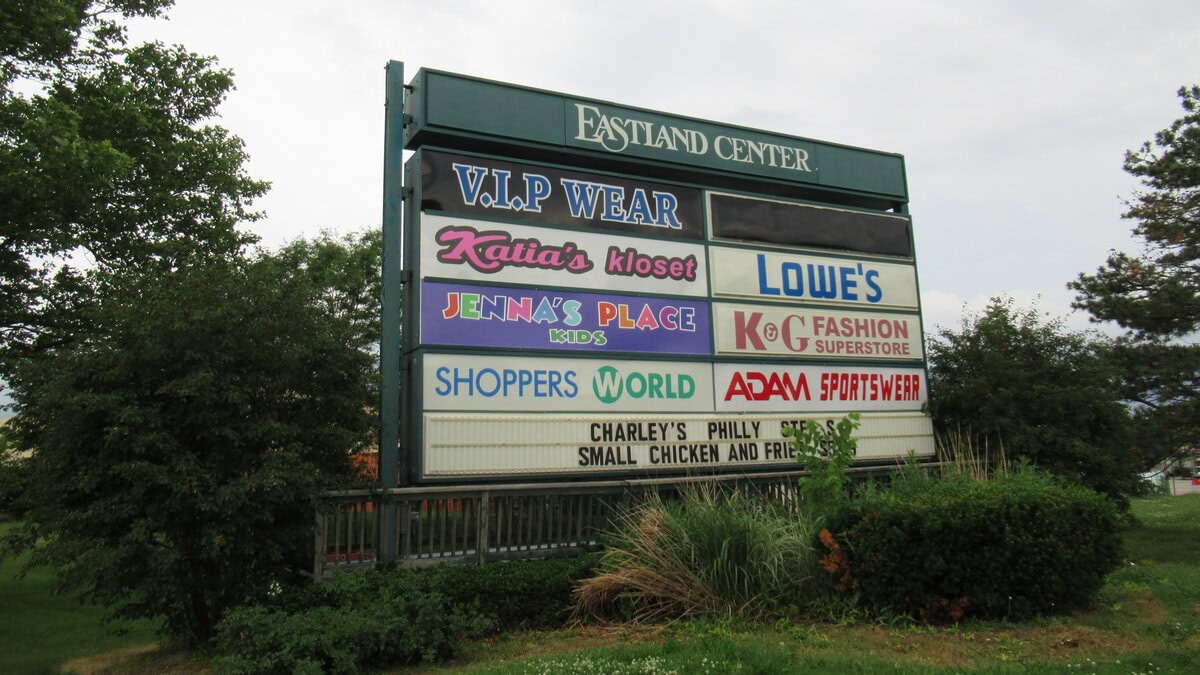
The "Bear" picture is Balloo the bear and Mogley the little boy from the story and movies of Jungle Book.
Thank you for your comment. Learning about the stories behind certain features of a place is always fun.